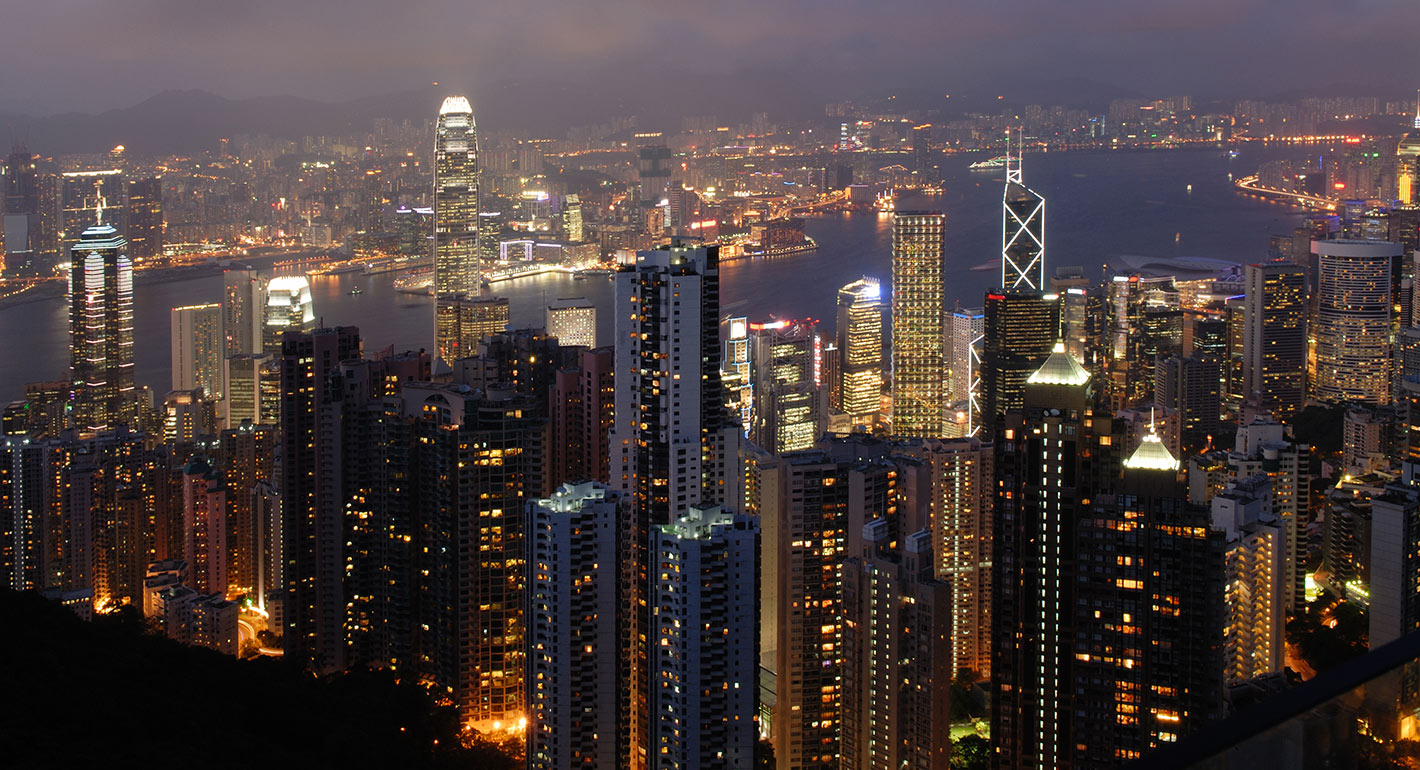I left the World Bank in Washington, DC, eight years ago, moving to Hong Kong to be part of the profound cultural and socioeconomic transformation of the Asia Pacific region. Since then, Asia’s share of global GDP has risen from 33 percent in 2011 to 37 percent today, with the region also integrating with China economically and increasingly geopolitically. But China’s rise has pushed many regional economies to accelerate the pace of their own reforms or be left behind as countries compete to win investment and become new centers of production. India, Indonesia, the Philippines, and Vietnam, in particular, are economies that face looming structural challenges despite their strides of recent decades. The race to develop, attract capital, and deal with the fallout from rapid change amid diversity makes Asia a fascinating place to do economic research.
The most exciting part of my job as a regional economist is the opportunity to think at three levels simultaneously—locally, regionally, and globally. When I began my career in private sector economic research at HSBC Global Research, I spent a lot of effort connecting my academic research to a developing operational understanding of how Asian economies actually work—from the real-world implementation of monetary policy to fiscal accounting and frameworks, the operation of Asian banking systems, the depth and liquidity of capital markets, demographics, and ownership and political structure in various Asian economies.
Based in Hong Kong with Natixis—a corporate and investment bank and subsidiary of Groupe BPCE, the second-largest banking group in France—I have a wide regional mandate to work not just on local issues but also on regional and global challenges, such as the impact on Asia of China’s transforming economy; how its demand for commodities like natural gas, animal protein, or high-tech products influences global trends; and the aging of East Asian societies and how China, in turn, shapes the capital importers of Asia, such as Indonesia and India, which need to build infrastructure, as well as investment trends globally. These days, I’ve also had to work on the escalating tensions between the United States and China for dominance of global trade and investment and the coping strategies of different Asian economies in a fast-changing landscape of tension between Washington and Beijing.
In the past eight years, I’ve been exposed to the full cycle of economics and finance, from Asian central bankers, treasury officials, and reserve managers to investors within the region, including key pension funds, corporate chief financial officers, and global institutional investors. All have been instrumental to broadening my perspective on Asia’s economic development. I like to think of myself as an investigative economist with a passion to dig into databases, research papers, and books for data and theory that support my research interests.
I am thrilled to be a nonresident scholar at the Carnegie Endowment for International Peace, whose global network provides a unique opportunity to think deeply about complex trends. I am also excited to contribute my regional economic expertise on Asia and be part of a process of knowledge sharing among policymakers, investors, and corporate leaders. I will use my time working with the Asia team at Carnegie to develop and refine analytic frameworks and data communication tools that help make sense of fast-paced developments in Asia while connecting the worlds of finance and policy.
